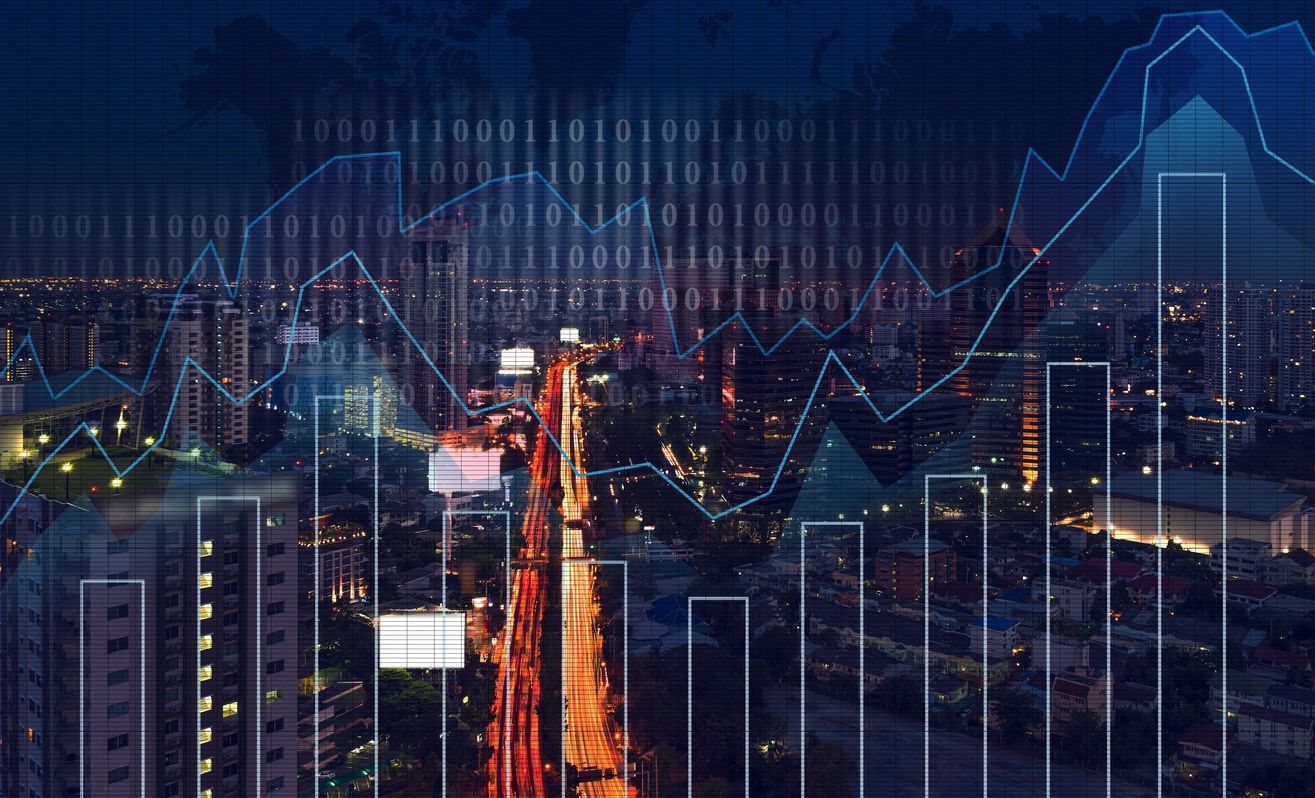This will be Part 1 of a 3-part discussion on a coming yet silent revolution that is taking place globally.
A different quiet revolution. The world today is sitting astride great, unpredictable tectonic shifts beneath society, trade, economics and commerce. The economic center is moving rapidly towards Asia. The new global hegemons of the Far East, led by China, will shape the geo-political order in ways that are yet to be discerned. The Internet of Things (IoT) is already at our doorstep and threatens to connect billions of devices across more billions of IP addresses without ever engaging humans in their interactions. Computing power has empowered machines to overpower humans in chess, in go, in Jeopardy! and in synthesizing connections out of disparate knowledge bases. Cryptocurrencies, exploiting the intimidating transparency of the blockchain, are threatening governments’ hold on money. The very idea of governance, be it political, organizational or commercial, is being challenged at every turn from ethereal notions of representation, inclusion, diversity, neutrality and legitimacy. Big data is changing the very ways of decision-making across the spectrum of human activities. The world of today is utterly more complex than the one that existed merely a generation ago. The one that is gestating under our very eyes, behind a veil of opacity and secrecy, will be just as different from ours in one generation as well.
Data, of the digital kind, are the progenitor of all these trends. Their impact upon our world is so great that we might just be entering a new age in the history of mankind: Symbiocene (a neologism that I coined by combining symbiosis, representing the conjoined existence of humans and data, and the suffix cene, denoting a geological period). Computers, automation and robots breathe data to exist just as organics breathe oxygen to survive. The gargantuan size of this datum production happens invisibly, without smell or noise (save for the cooling fans sitting at the back of the server racks). The number are truly staggering. The digital universe today is estimated to comprise 2.7 Zetabytes2 of data. That’s 2.7x 1021 bytes, or 271 bytes. That’s a huge number.
Tectonic shifts. This datum stream is causing businesses to change their own understanding of who they truly are. In effect, every business transacting digital data is being forced to evolve into a software company. Everything is affected by the digital paradigm and by extension. The great digital convergence is more than deep-sea currents; it is below the bottom of the sea where the tectonic plates lay. On earth, these tectonic plates carry all land masses on their back. About 335 million years ago, the plates formed a single land mass, a kind of supercontinent named Pangaea, which started to break up about 175 million years ago to form the plates that we have today. Collisions between them cause earthquakes, sometimes at devastating scales. At other times, the collision continues in slow motion, creating mountain ranges (like the Himalayans for instance). These plate tectonics offer us a salient analogy. We are witness to a nascent digital Pangaea made of technological plate tectonics that are fusing together into new land masses – literally, like mountains rising from plate collisions in the earth’s mantle: the internet of things, artificial intelligence, the digital-industrial transformation, the blockchain and the energy lattice. The future is converging towards a single supercontinent floating on a mantle of data. It is the convergence that rejoins our interest with innovation. Hence, this is where we are headed as well.
Digital Industrial. The digital Pangaea is made up of four plates: artificial intelligence (AI), the block chain, the energy lattice, and the digital-industrial (also known as the IIoT – industrial internet of things). The first three are intimately interwoven. Together, they morph into what will be the backbone of the final land mass – the digital industrial. Each subject is worthy of its book, which precludes going into too many details in this space. My purpose instead will be to highlight the connections that exist between them, and the opportunities that they represent to the future, in Part 2. The ultimate destination is the digital industrial continent, explored in Part 3.
The point that will be made in Parts 2 and 3 is this: the digital industrial paradigm will permanently change the world in which we live. It is propitiated by the internet, which freed data, records, knowledge, intelligence and information from physical and access constraints. The IIoT is already proving to be profoundly disruptive and global players are awakening to its potential. The IIoT can be summed up in one sentence: machines dealing with machines independently of humans. The machine could be the simplest on-off switch or a monitoring device. It could be a sensor or a chemical treatment. It could be a Bluetooth transmitter or an entire control network. Whatever its nature, its size or its function, the machine is connected to the rest of the world’ industrial network, exchanging information continuously, in fantastic volumes. The transactions occur automatically and autonomously, without any interventions by humans.
The day is fast approaching when globally connected networks of machines operate concomitantly, autonomously, without any inputs from humans. Everything, and I mean everything, is about to change is ways that are still unfathomed. There is no resisting it: it is already under way.
The question then is simple: how will you fit into this picture?

